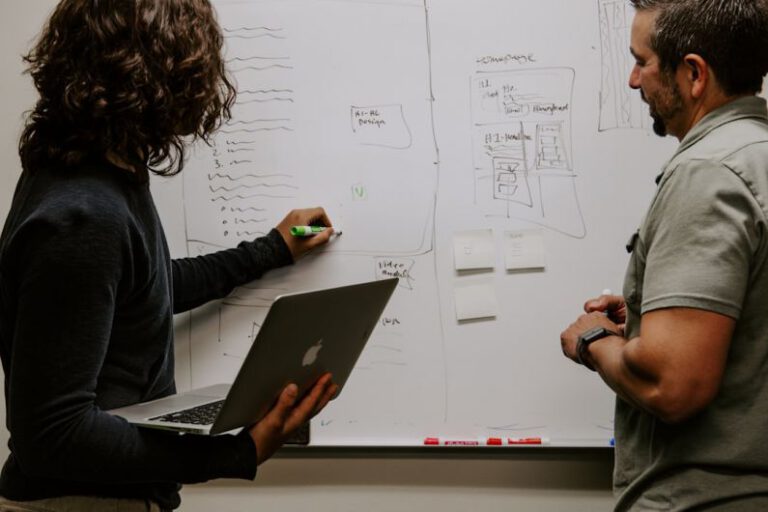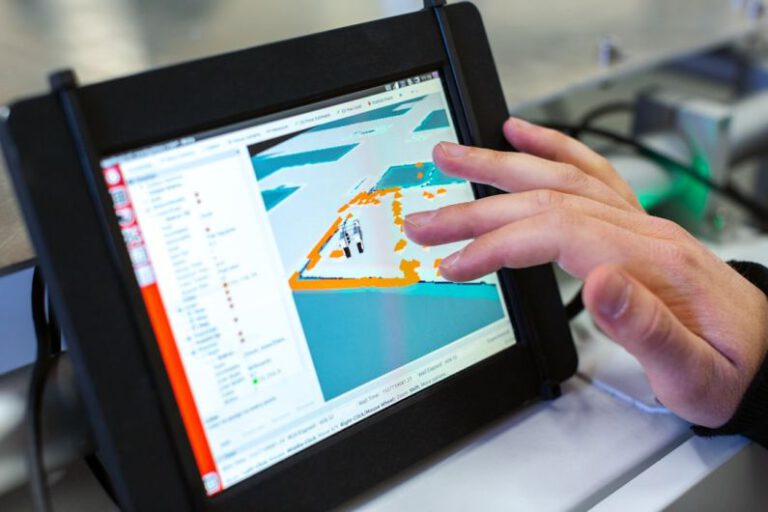Can Technology Solve the Construction Labor Shortage?
The construction industry has long been facing a labor shortage, a challenge that has only been exacerbated by the recent global events. As demand for construction projects continues to rise, the availability of skilled laborers has not been able to keep up. Can technology be the solution to this ongoing issue?
Addressing the Labor Shortage
The construction industry has been grappling with a shortage of skilled labor for years. The retirement of older workers, lack of interest among younger generations in pursuing careers in construction, and the cyclical nature of the industry all contribute to this challenge. As a result, construction companies often struggle to find enough qualified workers to meet project demands, leading to delays, increased costs, and decreased productivity.
Technology as a Game Changer
Advancements in technology have the potential to revolutionize the construction industry and address the labor shortage in innovative ways. From robotics and automation to artificial intelligence and virtual reality, technology is transforming the way construction projects are planned, designed, and executed.
Robots and Drones in Construction
Robots and drones are increasingly being used in construction to perform tasks that are repetitive, dangerous, or time-consuming. Drones equipped with cameras can survey construction sites, gather data, and monitor progress, providing real-time information to project managers. Robots can assist with bricklaying, welding, and other labor-intensive tasks, increasing efficiency and productivity on construction sites.
Building Information Modeling (BIM)
Building Information Modeling (BIM) is another technological tool that is revolutionizing the construction industry. BIM allows project stakeholders to collaborate in a virtual environment, creating detailed 3D models of buildings and infrastructure. This technology enables better coordination, fewer errors, and improved communication among team members, ultimately leading to more efficient construction processes.
Wearable Technology and Augmented Reality
Wearable technology, such as smart helmets and vests, is enhancing safety on construction sites by monitoring workers’ vital signs, detecting hazards, and providing real-time feedback. Augmented reality (AR) is being used to overlay digital information onto the physical environment, allowing workers to visualize complex construction plans, identify potential issues, and make informed decisions in real time.
Remote Monitoring and Collaboration
With the rise of remote work and the need for social distancing, technology has enabled construction teams to collaborate virtually and monitor projects from anywhere in the world. Cloud-based project management platforms, video conferencing tools, and mobile applications have made it possible for teams to stay connected and work together seamlessly, regardless of their physical location.
Challenges and Opportunities
While technology holds great promise for addressing the construction labor shortage, there are challenges that need to be overcome. Adoption costs, training requirements, data security concerns, and resistance to change are some of the barriers that construction companies may face when implementing new technologies. However, the potential benefits of increased efficiency, improved safety, and enhanced productivity far outweigh the challenges.
In Conclusion
Technology has the potential to be a game changer in solving the construction labor shortage. By embracing robotics, drones, BIM, wearable technology, AR, and remote collaboration tools, construction companies can overcome the challenges posed by the lack of skilled labor and drive innovation in the industry. While there may be hurdles along the way, the future of construction is undoubtedly intertwined with the advancements in technology. Embracing these tools will not only address the current labor shortage but also pave the way for a more efficient, sustainable, and competitive construction industry.






